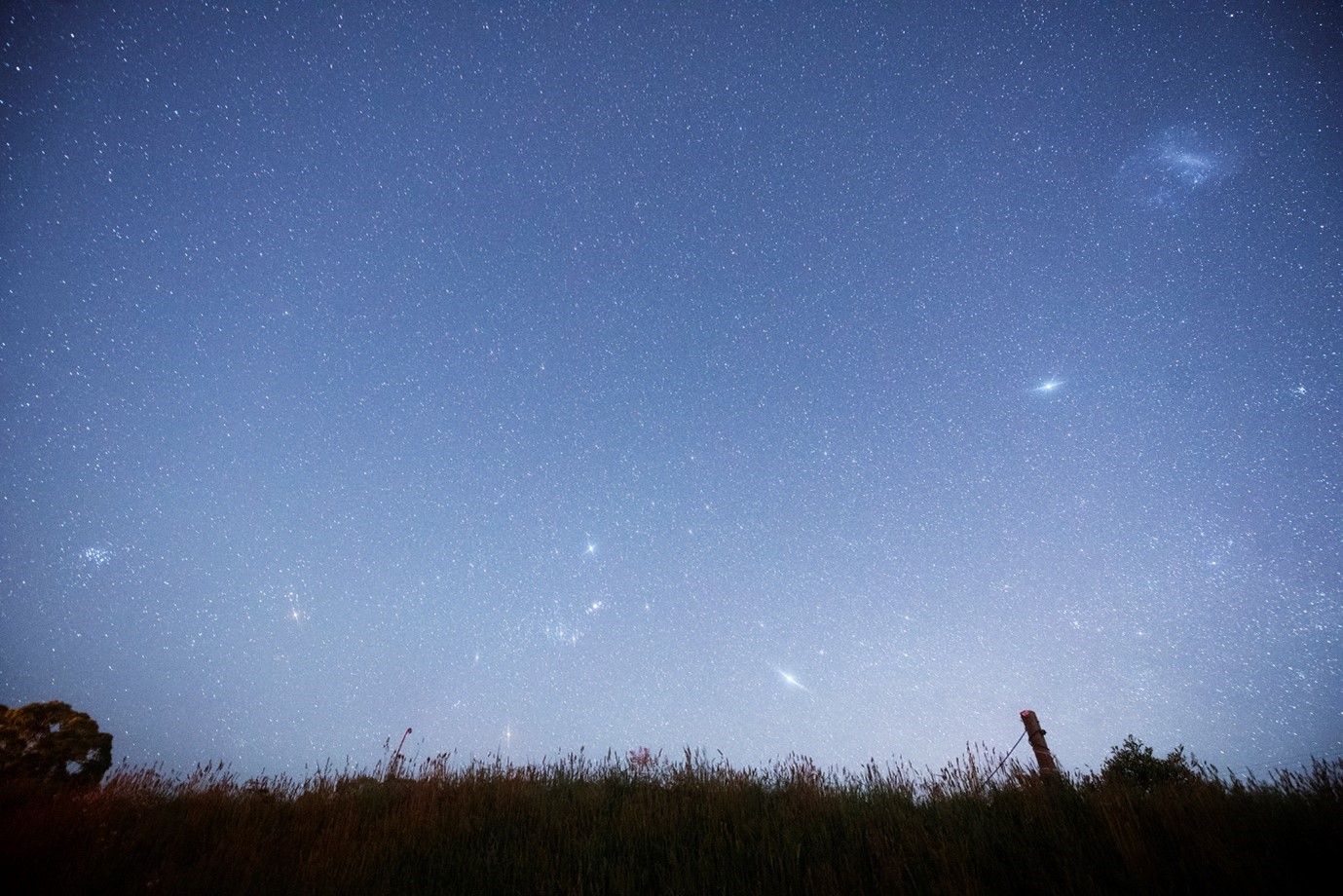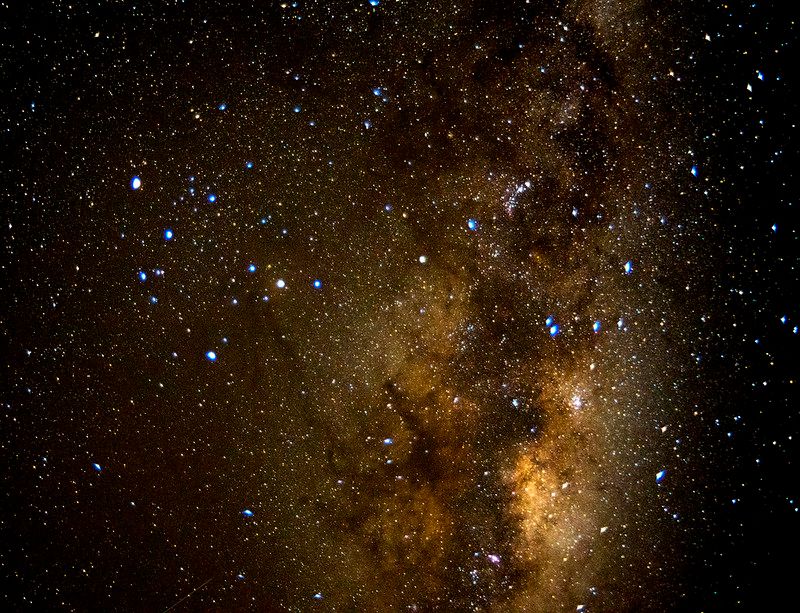Home/Curriculum resources/Digital technology and managing Indigenous astronomical knowledge /Activity 1 - Examining traditional astronomy using Stellarium
Learning Area:
Technologies
Year levels:
Level 7, Level 8
Suggested timing:
30-45 minutes

Activity 1 - Examining traditional astronomy using Stellarium
This activity is a part of the Digital technology and managing Indigenous astronomical knowledge resource.
Orion Rising. Photographer: Peter Lieverdink. Source: Flickr. License: CC BY-SA 2.0
In this activity, students will explore traditional astronomy using Stellarium, selecting the Kamilaroi/Euahlayi culture to understand celestial objects and their significance, sparking discussions about cultural content in technology and potential ethical considerations.
Suggested timing
30-45 minutes
Required resources
Laptop/tablet and internet connection
Stellarium application
Step by step guide
Step 1: Familiarise with Stellarium application
See Activity card What is Stellarium? if not familiar with this application.
Step 2: Exploring traditional astronomy using Stellarium
Open the Desktop version of Stellarium, hover your cursor over the left-hand side of the screen, go to ‘Sky and Viewing options window’ (or by pressing ‘F4’), then ‘Sky Culture’. Students should select Kamilaroi/Euahlayi.
Have the students read the background info when the culture is selected.
Students can then pick one of the Culture Objects and explore the time of the year it rises at sunset or sets just before sunrise.
For example, students could pick the emu. Set the Date/Time to 15 May 2019 at 21:00 and find the Celestial Emu (Gawaargay). Notice it has legs. This is the time of year the female emus are chasing the males prior to pairing up and nesting.
Now set the Date/Time to 15 June 2019 at 21:00. Notice that the legs have now disappeared. This is the time of year the male emus are sitting on the nest, and hence the legs are no longer visible.
Step 3: Class discussion
Facilitate a class discussion using the following questions.
Stellarium only shows public content. How might the program feature peri-restricted or highly restricted content in an ethical way? Is this even possible? Who should be consulted in this process?
Examine what technologies exist that could solve this issue?
Is the WorldWide Telescope a useful alternative? 0
Related activities within this resources:

Inquiry-based learning questions
These inquiry-based questions are provided for flexible classroom use, allowing teachers to tailor discussion and reflections specific to their classroom needs.

What is Stellarium?
Discover Stellarium, a digital planetarium that offers a vivid depiction of the night sky worldwide, showcasing the celestial dance of the Sun, Moon, planets, and stars in real-time.

Activity 2 - Reconstructing fragmented knowledge using Stellarium
In this activity, students will use Stellarium to identify stars from Aboriginal traditions, including "Parna," a star used by the Kaurna people in Adelaide to predict autumn rains, incorporating climate data to determine its Western identity.
Suggested timing:
30-45 minutes

Activity 3 - Learning about the UNDRIP document
Within this activity students will engage with the United Nations Declaration on the Rights of Indigenous People adolescent reading version to understand the importance of this document and Australia as signatory of it.
Suggested timing:
One or two lesssons